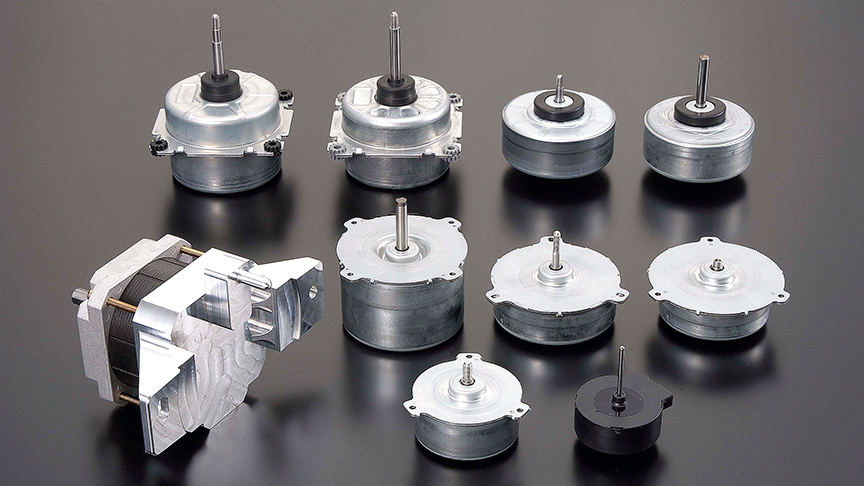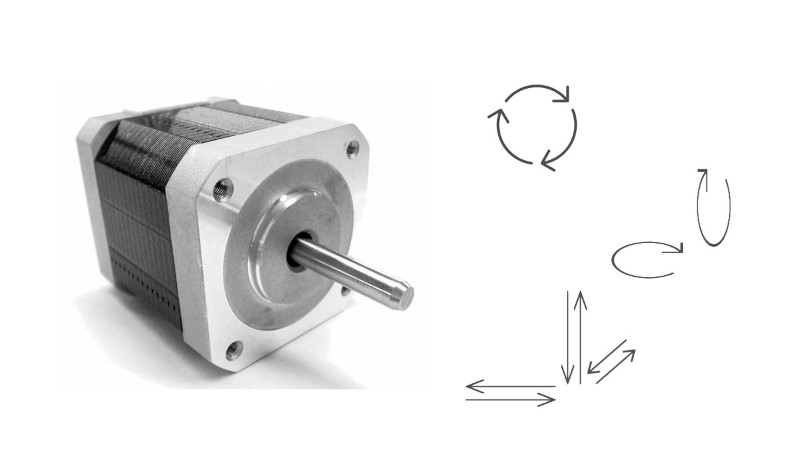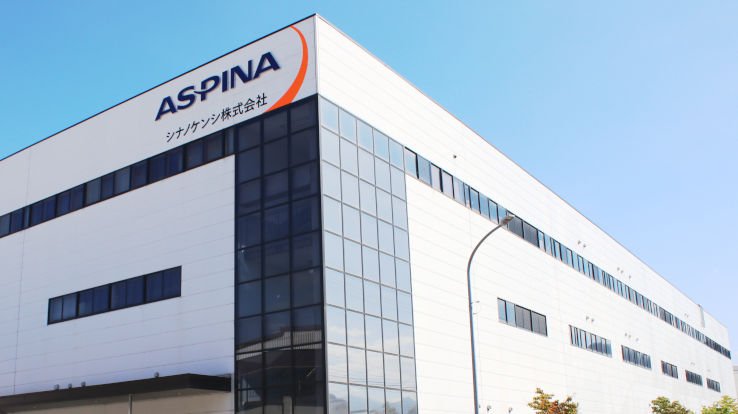Is this brushless motor cheap or expensive? - What factors determine its price?
-
Automation
-
Health & wellness
-
Life environment
-
Automotive

7 Feb. 2022
Performance is one of the factors that determine the price of brushless DC motors. While brushless DC motors benefit from longer life than their brushed counterparts (which use brushes and a commutator to provide an electrical connection and are therefore subject to wear), they also require a drive circuit to operate. In other words, there are performance and cost trade-offs between brushless and brushed DC motors.
Moreover, the prices of brushless DC motors themselves can vary widely. While reasonably priced brushless DC motors can be manufactured to suit particular performance requirements, there is nevertheless a limit to how much performance can be achieved using such brushless DC motors.
The price and performance capabilities of brushless DC motors depend on the parts and materials used
The price of a brushless DC motor depends on the parts and materials used. These also have a direct affect on available performance, and therefore on the price of the motor.
The table below lists typical performance and cost options for the main parts and materials used in brushless DC motors.
| Part or material | Type | Cost | Production cost | Motor performance (characteristics affected) |
|---|---|---|---|---|
| Rotor magnet | High performance | High | Fair | High (torque, etc.) |
| Low performance | Low | Fair | Low (torque, etc.) | |
| Electrical steel sheet | High grade | High | High | High (efficiency) |
| Low grade | Low | Fair | Low (efficiency) | |
| Rotor bearing | Ball bearing | High | High | High (long life, etc.) |
| Sleeve bearing | Low | Fair | Normal |
Rotor magnet
The two main types of rotor magnets are permanent and field magnets. As the characteristics of the magnet are among the factors influencing motor torque, the more efficient the magnet, the higher the performance of the motor. Unfortunately, equipping a brushless DC motor with better torque characteristics increases the cost of its parts and materials. Likewise, the use of lower-rated parts and materials reduces motor cost, but at the expense of reduced performance, limiting the scope of possible uses.
Electrical steel sheet
The two main components of an electric motor are its stator and rotor, with electrical steel sheet used as their core material. Different grades of electrical steel sheet result in different levels of motor efficiency.
While the use of low-grade steel keeps the materials and manufacturing (machining) costs down, it also results in less efficient motor performance. In contrast, motors made from high-grade electrical steel sheet can have very high performance. Unfortunately, this increases both materials and manufacturing costs.
Rotor bearing
The rotor shaft is supported by bearings. While a wide variety of bearings exist, rotor bearings are either ball bearings or sleeve bearings. Sleeve bearings can keep manufacturing costs low while still delivering products with adequate performance. When high performance is needed, on the other hand, such as in expensive models that require a long product life, this can be achieved by using brushless DC motors equipped with ball bearings.
Price, performance, parts for brushless DC motors
The prices of brushless DC motors vary depending on the material selection and design choices made to achieve the desired level of performance. In the case of the key components, the magnet, electrical steel sheet, and rotor bearings, there is a clear performance difference in terms of characteristics such as torque, speed, noise, efficiency, life, and reliability.
The parts and materials choices made for the magnet, electrical steel sheet, and rotor bearing are among the factors that will determine the performance and cost of the brushless DC motor.
The price and performance of a brushless DC motor depend on which considerations are given top priority. This is a question that arises time and again, as the quest for higher performance inevitably drives up the price. While it is important to balance price and performance, compromising on performance can be risky. The best way forward is to understand the different options for price, performance, and parts and materials so as to choose the motor that best suits the requirements.
Overcoming your problems with brushless DC motors
ASPINA supplies not only standalone brushless DC motors, but also system products that incorporate drive and control systems as well as mechanical design. These are backed by comprehensive support that extends from prototyping to commercial production and after-sales service.
ASPINA can offer solutions that are tailored to suit the functions and performance demanded by a diverse range of industries, applications, and customer products, as well as your particular production arrangements.
ASPINA supports not only customers who already know their requirements or specifications, but also those who are facing problems at early stages of development.
Do you struggle with the following concerns?
- Motor selection
-
- Don't have detailed specifications or design drawings yet, but need advice on motors?
- Don't have anyone in-house with expertise in motors and can't identify what sort of motor will work best for your new product?
- Motor and associated component development
-
- Want to focus your resources on core technology, and outsource drive systems and motor development?
- Want to save the time and effort of redesigning existing mechanical components when replacing your motor?
- Unique requirement
-
- Need a custom motor for your product, but been declined from your usual vendor?
- Can't find a motor that gives you the control you require, and about to give up hope?
Seeking answers to these problems? Contact ASPINA, we’re here to help.
List of the same series columns
- NEMA stepper motor sizes chart and selection guide
- What does a stepper motor do?
- Applications for blower motor
- What is a blower motor?
- Advantages of brushless DC motors over brushed DC motors
- Features and applications of DC motors
- Different types of DC motor and their respective features
- What is a geared brushless DC motor?
- How does an electronic speed controller for a brushless DC motor work? And what should you consider when you choose the right one?
- Small brushless motors
- Difference between brushed motor and brushless motor
- What are the disadvantages of brushless DC motors? And how can they be overcome?
- Advantages of brushless DC motors: How they differ from brushed DC motors
- What is an actuator?
- How do brushless DC motors work? The need for a drive circuit explained
- Do brushless DC motors require a drive circuit? – Controlling brushless DC motors
- What is a brushless DC motor?
- How do brushed DC motors work? The need for regular maintenance explained
- Brushless DC motor applications: examples that demonstrate their features
- Stepper motor applications: Examples that demonstrate their features
- Motors designed for easy control: How do stepper motors work?
- What are the differences between brushed and brushless DC motors?
- What is a PSC motor
- What is a servo motor?
- What is a blower?
- What is a DC motor? - features and mechanisms
Contact us for more information
- New inquiry
- Prototype
- Upgrade
- Customization
- Your spec
- Literature
- Support
- Others











